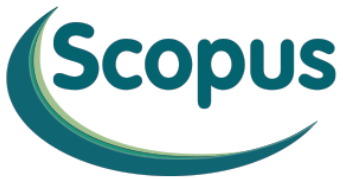Constructive Alignment of Graduate Capabilities: Insights from Implementation at a Private University in Malaysia
DOI:
https://doi.org/10.32890/mjli2018.15.2.5Keywords:
Graduate capabilities, constructive alignment, curriculum transformation, curriculum design framework, MalaysiaAbstract
Purpose – The purpose of this study is to formulate a curriculum design framework, to test it and learn through pilot implementation, in order to systematically embed the graduate capabilities in the curricula, leveraging on Biggs’ constructive alignment framework. This paper aims to report the outcome of a study lasts for one year supporting a university’s curriculum transformation project.Methodology – Guided by the research objectives of this study, the research approach is action research. More specifically, benchmarking visit was used for the first phase, the design phase, to propose a suitable curriculum design framework. Pilot implementation was used during the second phase. Two programmes from two faculties were selected. Data was collected through observation, interview and document analysis. Data was analysed through on-going analysis and final reflection.
Findings – This study presents a more detailed and practical curriculum design framework to support the development of graduate capabilities leveraging on Biggs’ constructive alignment framework. The key challenges faced and proposed strategies are consistent with existing studies. However, this paper argues for stronger emphasis on communicating compelling reason for change. This study reinforces that the process of constructive alignment remains challenging due to the iterative process of alignment at programme and module levels.
Significance – This paper has expanded Biggs’ constructive alignment operational framework by offering more detailed and practical steps to ensure curriculum design effectively supports the development of graduate capabilities. The insights are especially useful for young universities with limited experience and yet have the ambition to transform its curriculum to develop institution-wide graduate capabilities leveraging on Biggs’ constructive alignment framework. The insights are useful for improving countries’ policy and implementation strategies too.




























